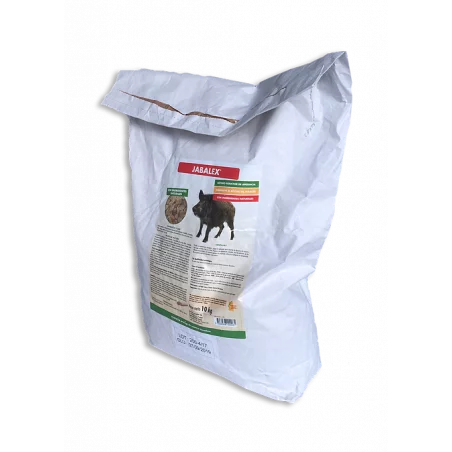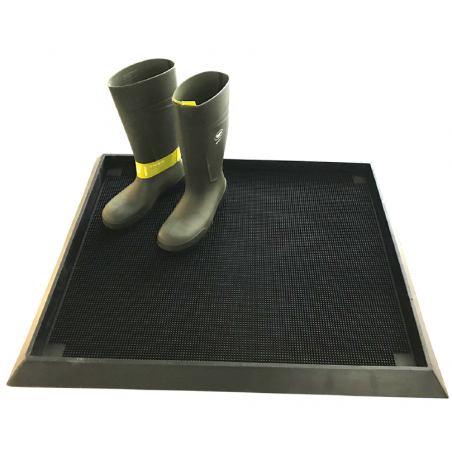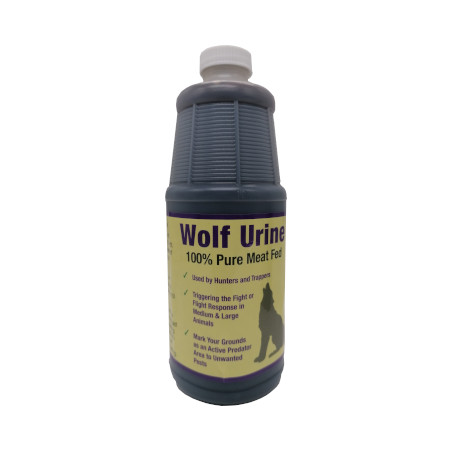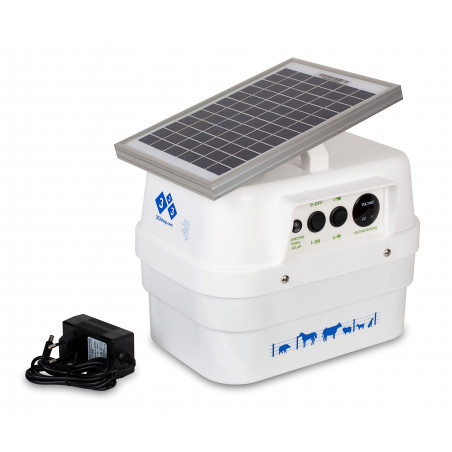African swine fever (ASF) is a severe viral disease that is currently spreading among domestic pigs and wild boar (Sus scrofa) in large areas of Eurasia. Wild boar play a key role in the spread of ASF, yet despite their significance, little is known about the key mechanisms that drive infection transmission and disease persistence. A mathematical model of the wild boar ASF system is developed that captures the observed drop in population density, the peak in infected density and the persistence of the virus observed in ASF outbreaks.
The model results provide insight into the key processes that drive the ASF dynamics and show that environmental transmission is a key mechanism determining the severity of an infectious outbreak and that direct frequency dependent transmission and transmission from individuals that survive initial ASF infection but eventually succumb to the disease are key for the long-term persistence of the virus. By considering scenarios representative of Estonia and Spain we show that faster degradation of carcasses in Spain, due to elevated temperature and abundant obligate scavengers, may reduce the severity of the infectious outbreak. Our results also suggest that the higher underlying host density and longer breeding season associated with supplementary feeding leads to a more pronounced epidemic outbreak and persistence of the disease in the long-term.

The model is used to assess disease control measures and suggests that a combination of culling and infected carcass removal is the most effective method to eradicate the virus without also eradicating the host population, and that early implementation of these control measures will reduce infection levels whilst maintaining a higher host population density and in some situations prevent ASF from establishing in a population.
O'Neill X, White A, Ruiz-Fons F, Gortázar C. Modelling the transmission and persistence of African swine fever in wild boar in contrasting European scenarios. Scientific Reports. 2020;10(5895) https://doi.org/10.1038/s41598-020-62736-y









